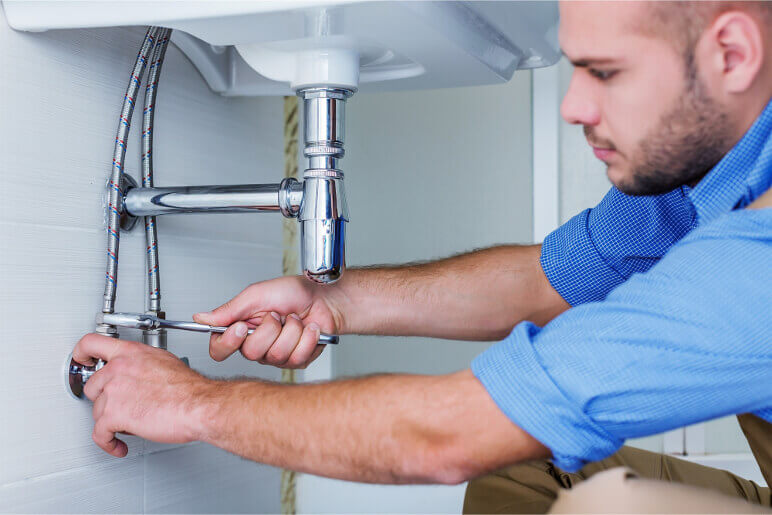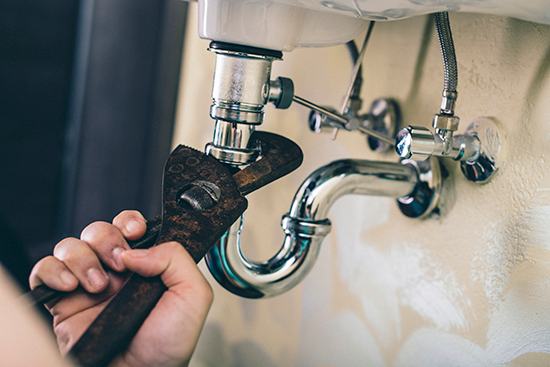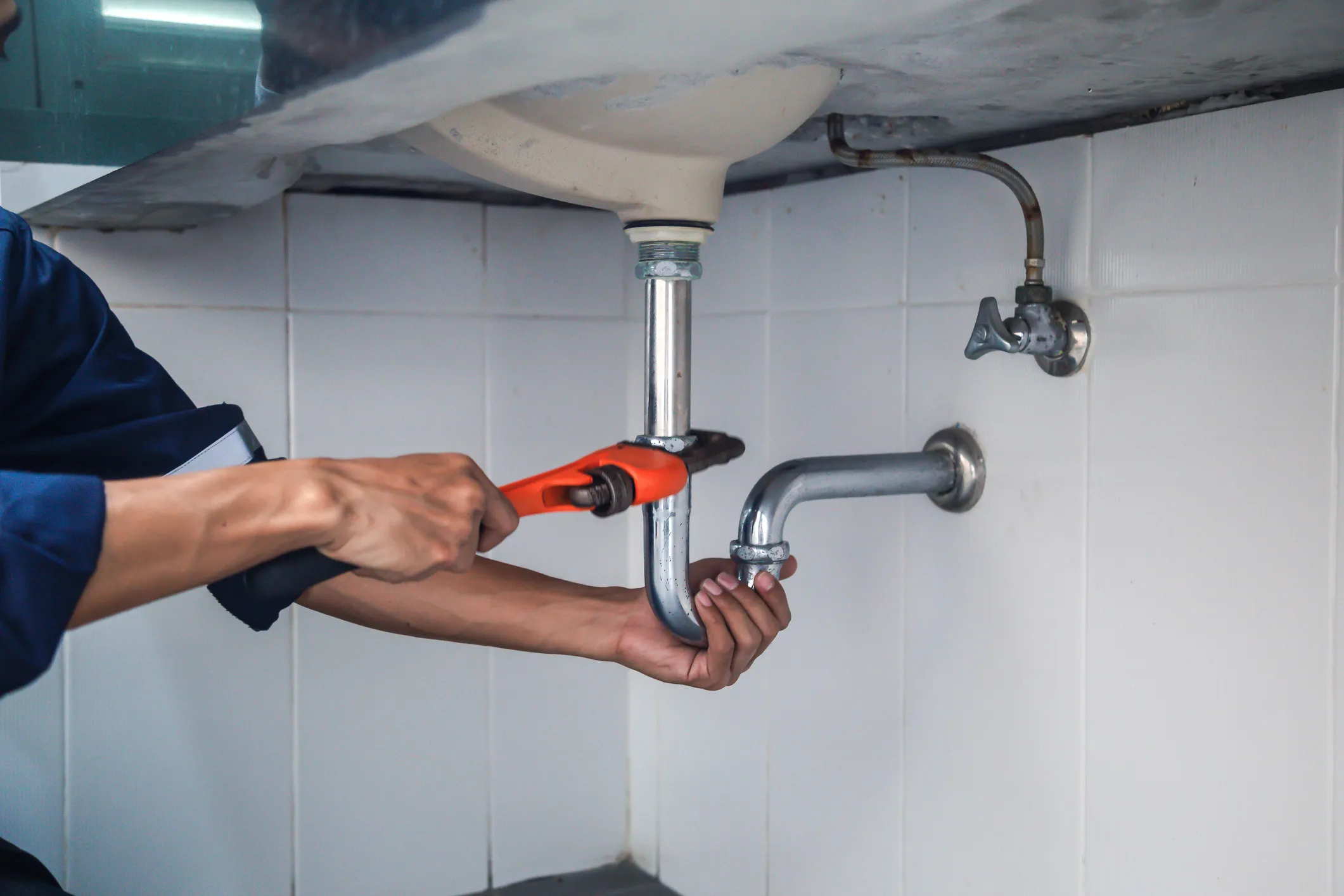Are you considering a solar water heating system installation for your home? This eco-friendly solution is gaining popularity among homeowners and real estate developers for its efficiency and environmental benefits. Installing a solar water heating system can significantly reduce your energy bills and carbon footprint, making it a wise investment for the future. In this guide, we will explore everything you need to know about installing a solar water heating system.

Why Choose a Solar Water Heating System?
Solar water heating systems offer numerous benefits. They utilize renewable energy from the sun, which is both sustainable and cost-effective. By harnessing solar power, you can reduce your dependence on traditional energy sources, lower your utility bills, and contribute to a cleaner environment.
Understanding the Basics of Solar Water Heating Systems
A solar water heating system typically consists of solar collectors, a storage tank, and a heat exchanger. The solar collectors capture sunlight and convert it into heat, which is then transferred to the water in the tank. The heated water is stored until it is needed, providing a reliable and continuous supply of hot water.
Types of Solar Water Heating Systems
There are two main types of solar water heating systems: active and passive systems. Active systems use mechanical pumps to circulate the water, while passive systems rely on natural convection. Each type has its advantages and is suitable for different climates and applications.
Steps to Install a Solar Water Heating System
Step 1: Assess Your Home’s Suitability
Before installing a solar water heating system, it’s important to assess your home’s suitability. Consider factors such as roof orientation, available space, and local climate. Homes with south-facing roofs and minimal shading are ideal for solar installations.
Step 2: Choose the Right System
Selecting the right system is crucial for optimal performance. Consult with a professional to determine the best type and size of system for your home. Consider your hot water needs, budget, and available space.
Step 3: Hire a Professional Installer
Professional installation is recommended for solar water heating systems. An experienced installer will ensure that your system is installed correctly and safely. Look for a certified installer with a good reputation and experience in solar installations.
Step 4: Installation Process
The installation process involves mounting the solar collectors, connecting the system to your existing plumbing, and setting up the storage tank and heat exchanger. This process can take several days and may require modifications to your home’s plumbing and electrical systems.
Step 5: Maintenance and Monitoring
Regular maintenance is essential to keep your solar water heating system operating efficiently. Schedule annual inspections and clean the solar collectors as needed. Additionally, monitor the system’s performance to ensure it is meeting your hot water needs.
Cost and Savings
The cost of a solar water heating system installation can vary depending on factors such as system size, type, and location. While the initial investment may be higher than traditional water heaters, the long-term savings on energy bills can offset the cost. Additionally, many regions offer incentives and tax credits for solar installations, further reducing the financial burden.
Environmental Impact of Solar Water Heating Systems
Switching to a solar water heating system has a positive environmental impact. By reducing reliance on fossil fuels, you can decrease your carbon footprint and contribute to the fight against climate change. Solar energy is a clean and renewable resource, making it a sustainable choice for the future.
Common Misconceptions About Solar Water Heating Systems
Myth 1: Solar Water Heating Systems Are Only Effective in Warm Climates
While solar water heating systems are highly effective in sunny regions, they can also be used in cooler climates. Modern systems are designed to capture and store heat even in less-than-ideal weather conditions.
Myth 2: Solar Water Heating Systems Are Too Expensive
While the initial cost may be higher, the long-term savings and available incentives make solar water heating systems a cost-effective choice. Many homeowners find that the system pays for itself over time.

FAQ
How long does it take to install a solar water heating system?
The installation process typically takes a few days, depending on the complexity of the system and any necessary modifications to your home’s plumbing or electrical systems.
Can I install a solar water heating system myself?
While it is possible for skilled DIY enthusiasts to install a system, professional installation is recommended to ensure safety and compliance with local regulations.
What maintenance is required for a solar water heating system?
Regular maintenance includes annual inspections, cleaning of the solar collectors, and monitoring the system’s performance. Consult with your installer for specific maintenance recommendations.
For more insights on home plumbing, check out this guide for new homeowners. Additionally, explore more about water supply lines for new home to ensure comprehensive home improvements.
This article contains affiliate links. We may earn a commission at no extra cost to you.




